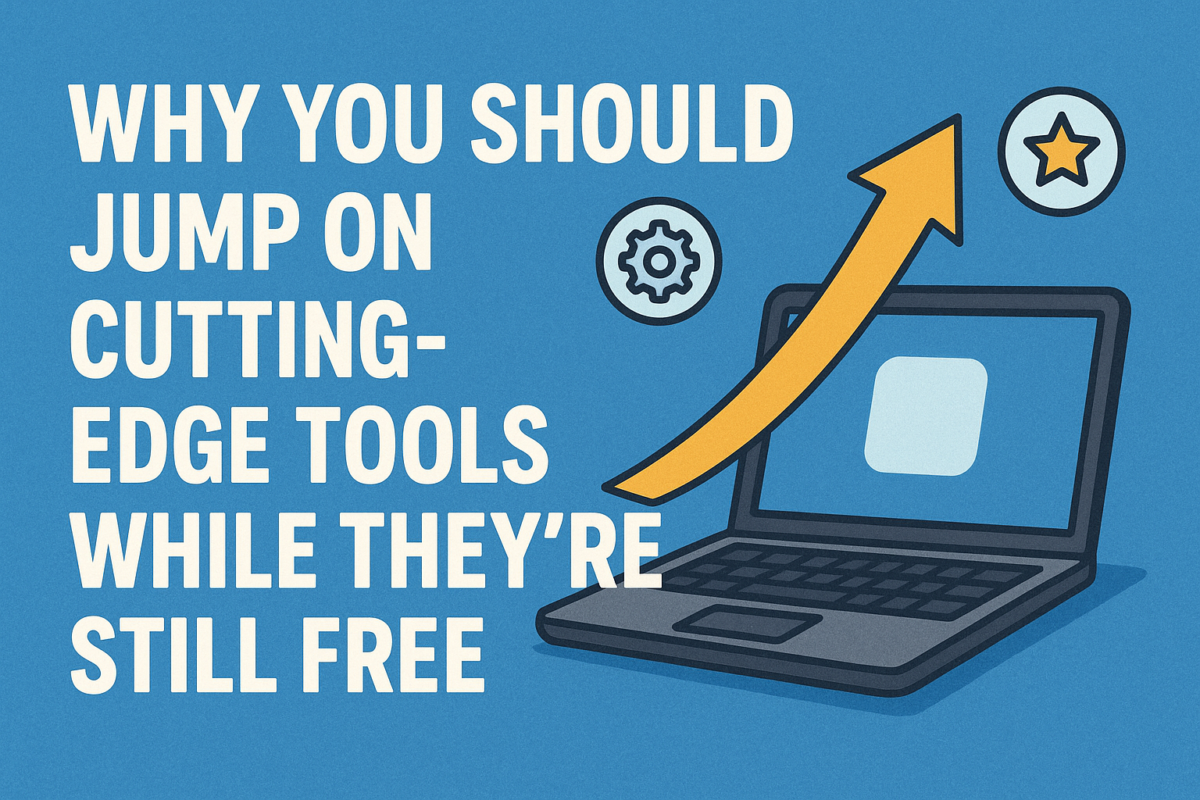For generations, the script has been written: work hard, buy a house, pay it off over 30 years, and retire in the place you own. This is the cornerstone of the “American Dream” and its global equivalents. But what if that script is not only outdated but financially flawed? What if, by blindly following it, you’re missing out on one of the most powerful wealth-building strategies available today?I’m here to propose a radical alternative: Forgo buying a luxury home in a developed country for as long as possible. Instead, continually rent in what are often labeled “poor” or emerging countries. Do this until late in life, and then buy your dream home for pennies on the dollar.The reason is simple, yet counterintuitive: Luxury houses in these countries are a depreciating asset for the first few decades of their life, and they will likely get cheaper for you in real terms.Let’s break down the economics.
The Flaw in the Emerging Market Dream House
In developing nations across Southeast Asia, Latin America, and Eastern Europe, there’s a construction boom. Eager to attract a rising middle class and foreign investment, developers are building condos and houses labeled as “luxury.” But there’s a critical disconnect. The “luxury” label is often an illusion. What is marketed as high-end often falls woefully short of the standards demanded by Western professionals and the truly wealthy local elite. The finishes are cheap, the appliances are basic, the soundproofing is non-existent, and the building maintenance declines rapidly. It’s a facade of luxury, not the real thing.
This leads to a professional exodus. A young, ambitious professional from Europe or North America might be excited to buy such a place at 35. But by 45, with a growing family or a more senior career, their standards rise. They want better schools, more consistent infrastructure, and genuinely robust construction. The “luxury” condo that seemed charming at first now feels cramped and shoddy. Furthermore, these properties suffer from rapid obsolescence. Unlike a classic brownstone in New York, they don’t age well. Within 10-15 years, they look dated and poorly maintained compared to the newest developments. They become the “used cars” of the real estate market.
The Golden Result: A Buyer’s Market for Patient Renters
This cycle creates a powerful dynamic for the savvy individual: constant supply and weak demand in the secondary market. Think about it. A steady stream of disillusioned professionals and investors who bought 10, 15, or 20 years ago are now looking to sell. They need to offload these assets to move on with their lives. And they aren’t selling to a long line of eager buyers; they’re selling to a small pool of locals who can’t afford the premium and new expats who are just beginning to make the same mistakes the sellers once did. This is a recipe for price stagnation or even decline in real terms. When you adjust for inflation, that “luxury” apartment might be cheaper today than it was 15 years ago.
The Strategy: The Permanent Renter and the Patient Buyer
So, how do you exploit this? The strategy unfolds in two clear phases.The first phase is that of the high-earning, low-outlay renter, typically from your thirties through your fifties. During this time, you earn in a strong currency like US Dollars or Euros, but you live and rent in a country with a weaker currency. This gives you immense purchasing power. Most importantly, you take the massive sum you would have spent on a down payment and mortgage and instead invest it into a globally diversified portfolio of stocks and bonds. This portfolio becomes your true wealth engine, compounding quietly in the background. You also enjoy ultimate flexibility, free to move between cities or countries as your life and desires change, with zero real estate transaction costs holding you back.The second phase begins around age fifty or beyond, when you become the cash-rich, strategic buyer. After two decades of disciplined renting and investing, you now have a massive and mature investment portfolio. You return to the real estate market not as a needy buyer begging for a mortgage, but as a powerful cash purchaser. That same style of “luxury” property that was once $400,000 might now be significantly cheaper in real terms. You can swoop in, pay cash, and finally put down roots without the financial burden that plagued the previous owners. You didn’t just save money; you made your money work for you elsewhere while the local housing market slowly depreciated into your price range.
The Caveats and Fine Print
This strategy isn’t for everyone. It requires a strong stomach for contrarian thinking and the ability to detach your ego from the traditional dream of homeownership. It demands a disciplined, automatic investing habit to ensure the down payment money actually grows. And it absolutely requires thorough due diligence on visa rules and property laws in your chosen countries. But if you can master it, you break the chains of traditional real estate. You turn the system of depreciating “luxury” assets in emerging markets from a trap for the impatient into a golden opportunity for the patient and wise.
Stop thinking about a house as a forced savings plan. Start thinking of it as a consumption item to be purchased strategically, late in the game, after your investments have done the heavy lifting. The world is your home—you just don’t need to own it until you’re ready to cash in.
